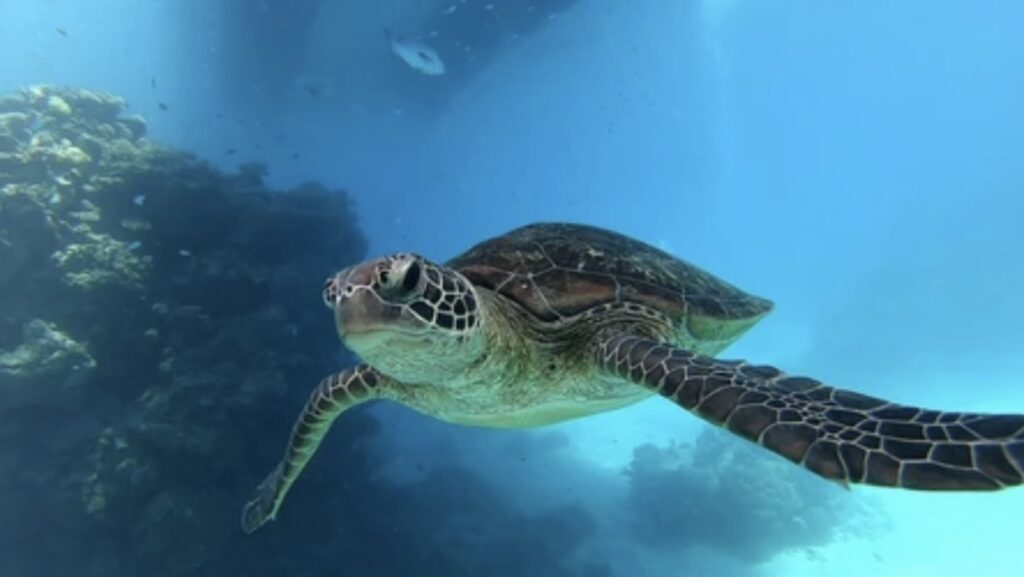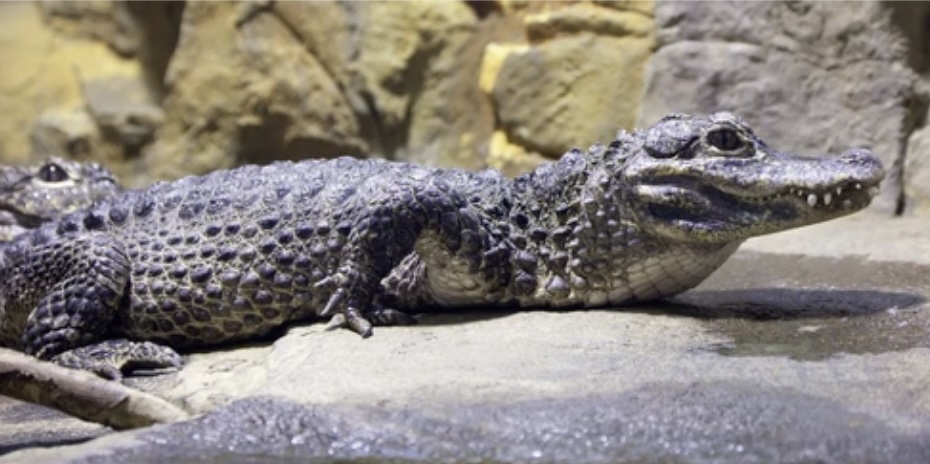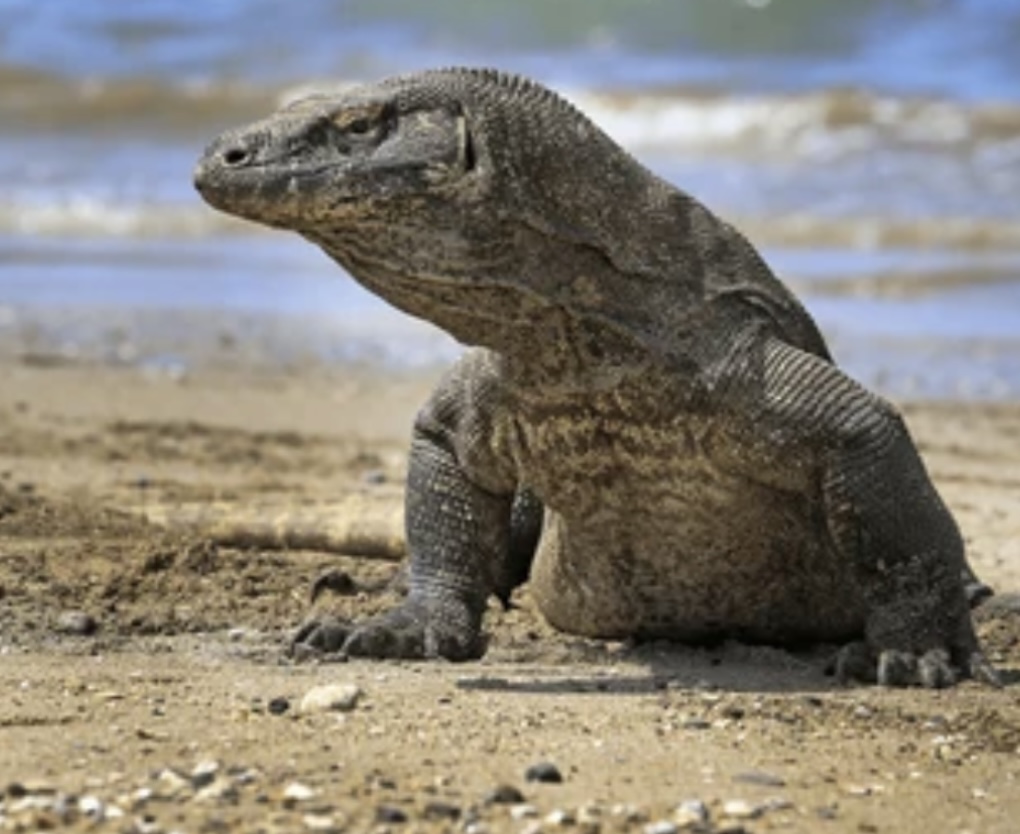Introduction
Endangered Reptiles and Conservation Efforts: In the intricate tapestry of life on Earth, reptiles hold a unique and ancient place. For millions of years, they have navigated the planet’s diverse ecosystems with a blend of tenacity and grace, adapting to a wide array of habitats and playing essential roles in the delicate balance of nature. Yet, beneath their resilient exteriors, many of these remarkable creatures are silently battling for survival, their existence hanging by a thread.
In this article, we embark on a journey through the world of endangered reptiles, those often-misunderstood creatures whose significance cannot be overstated. These reptilian wonders, including turtles, snakes, lizards, and crocodilians, are not only captivating in their diversity but also indispensable in maintaining ecological harmony. They are the architects of ecosystems, the caretakers of delicate balances, and the indicators of the health of our planet’s wild places.
Yet, despite their immense ecological value, the story of many endangered reptile species is one of struggle and vulnerability. They face a daunting array of threats, primarily driven by human activities. These perils include habitat destruction due to deforestation and urbanization, poaching for the pet trade and traditional medicines, climate change-induced alterations to their habitats, and the pervasive consequences of pollution.
The consequences of losing these creatures extend far beyond their individual species. It disrupts the intricate web of life they support and jeopardizes the stability of ecosystems. For instance, the extinction of certain reptile species can lead to unchecked population explosions of pests or the decline of species that rely on them as prey.
However, amid these sobering challenges, there is a glimmer of hope. Conservationists, scientists, and communities around the world are working tirelessly to reverse the tide of reptilian decline. They are employing a myriad of strategies, from protecting vital habitats and implementing breeding programs to raising awareness and advocating for policy changes.
The Precarious Existence of Endangered Reptiles
Reptiles, including turtles, snakes, lizards, and crocodilians, have been around for millions of years. They occupy various niches in ecosystems, contributing to ecological balance. However, a concerning number of reptile species are currently classified as endangered or critically endangered, facing a perilous future.
The Hawksbill Sea Turtle (Eretmochelys imbricata)

One of the most iconic endangered reptiles is the hawksbill sea turtle. Known for its stunningly patterned shell, it resides in the world’s tropical oceans. However, the illegal trade in hawksbill turtle products, primarily for their beautiful shells, has led to a drastic decline in their numbers. Conservation efforts aim to protect nesting sites and reduce demand for their products.
The Chinese Alligator (Alligator sinensis)

On the other side of the world, the Chinese alligator is a critically endangered species. Native to China’s Yangtze River region, habitat loss and poaching have pushed these reptiles to the brink of extinction. Intensive breeding programs and habitat restoration projects strive to bolster their numbers and safeguard their fragile habitats.
The Plight of the Komodo Dragon (Varian’s komodoensis)

Found only on a few Indonesian islands, the Komodo dragon is the world’s largest lizard. Despite its fearsome reputation, this species faces the threat of habitat destruction and a dwindling prey base due to overfishing. Conservationists are working tirelessly to preserve these incredible reptiles and their unique ecosystems.
Conservation Efforts: Guardians of Hope
Conservation initiatives are the lifelines for endangered reptiles. Here are some strategies and organizations dedicated to their survival:
Protected Areas and Habitat Restoration
Establishing and maintaining protected areas is critical for the conservation of reptiles. These regions provide safe havens for species like the Chinese alligator and hawksbill sea turtle. Habitat restoration efforts also help in revitalizing ecosystems for these animals.
Breeding and Reintroduction Programs
In-situ and ex-situ breeding programs are lifelines for many endangered reptiles. The Turtle Survival Alliance, for instance, focuses on breeding and releasing endangered turtles back into the wild. These programs aim to boost declining populations and create self-sustaining communities.
Community Engagement
Engaging local communities in conservation efforts is essential. By promoting awareness and sustainable practices, communities can become allies in protecting reptile habitats. Projects like “Save the Komodo Dragon” work closely with communities to balance conservation and livelihoods.
Research and Monitoring
Scientific research is pivotal in understanding endangered reptiles’ needs and behavior. Researchers study these animals to develop effective conservation strategies and monitor their populations over time.
International Cooperation
Endangered reptiles often cross borders, requiring international cooperation. Conventions like CITES (Convention on International Trade in Endangered Species of Wild Fauna and Flora) regulate the trade of endangered reptiles, reducing their exploitation.
Anti-Poaching and Law Enforcement
Anti-poaching efforts are crucial to combat illegal wildlife trade. Law enforcement agencies work to dismantle smuggling networks, reducing the demand for reptile products.
The plight of endangered reptiles is a stark reminder of the fragile balance of our natural world. As we’ve explored the challenges these remarkable creatures face and the concerted conservation efforts underway, one truth becomes abundantly clear: the survival of endangered reptiles is inextricably linked to our own actions and choices.
Each of these reptilian species, from the hawksbill sea turtle with its mesmerizing shell to the formidable Komodo dragon, represents a unique thread in the tapestry of life on Earth. They have roamed our planet for millions of years, each species finely tuned to its environment, playing crucial roles in maintaining the health of ecosystems we all depend on. Yet, today, many of them teeter on the brink of extinction due to the consequences of human activities.
However, this narrative of loss need not be our legacy. Conservation initiatives, as we’ve seen, are powerful engines of hope. They represent our determination to rectify the damage we’ve inflicted upon these species and their habitats. Moreover, they reflect our recognition of the intrinsic value of biodiversity and the acknowledgment that these reptiles are not just residents of our planet but integral contributors to its ecological harmony.
Discover more from ZOOLOGYTALKS
Subscribe to get the latest posts sent to your email.

